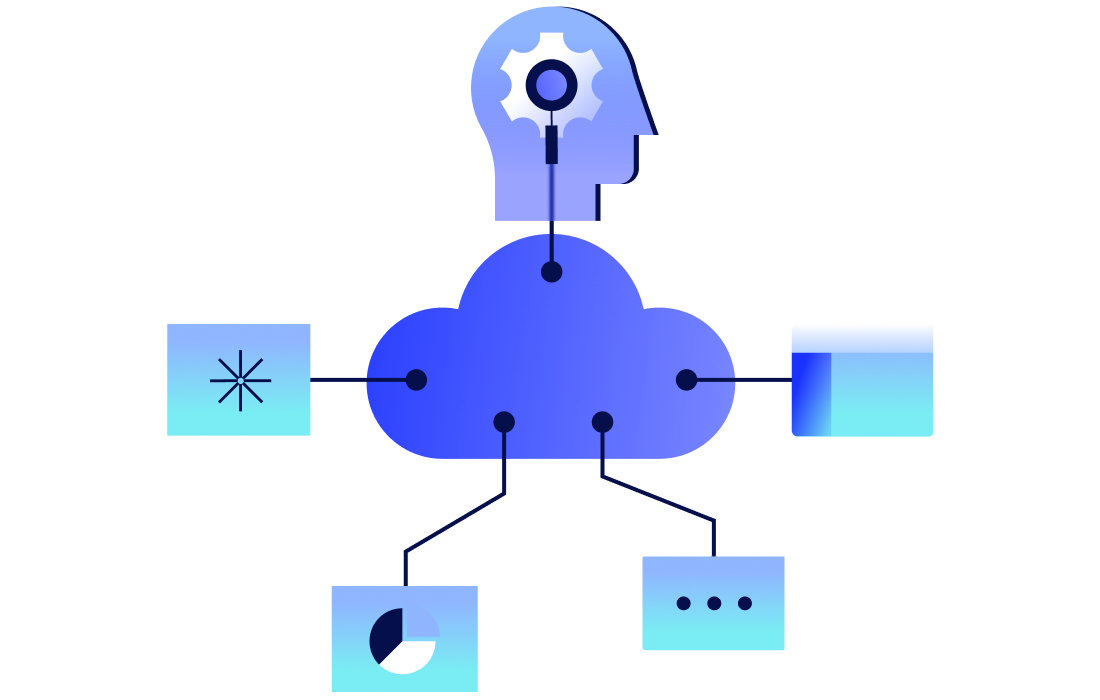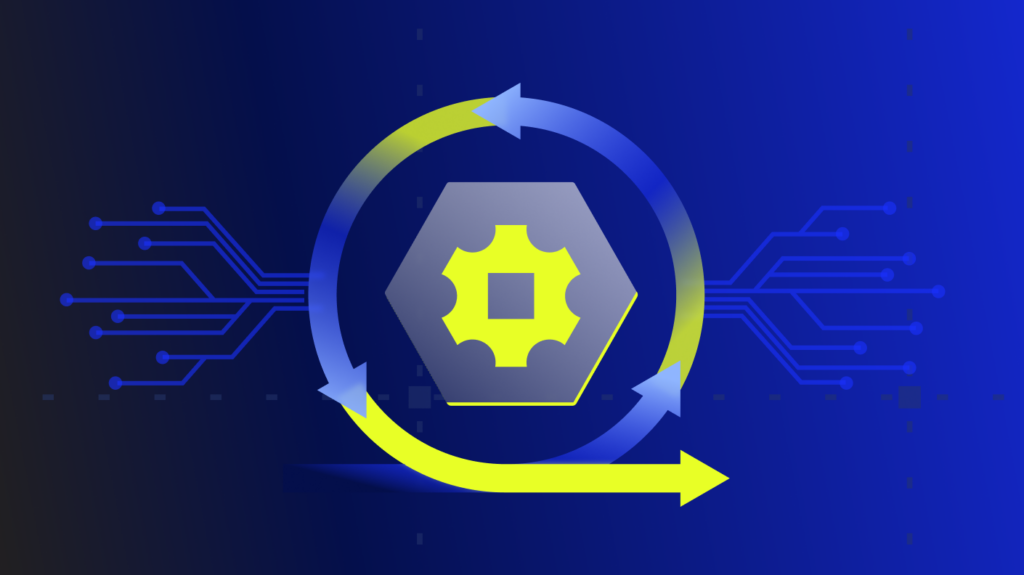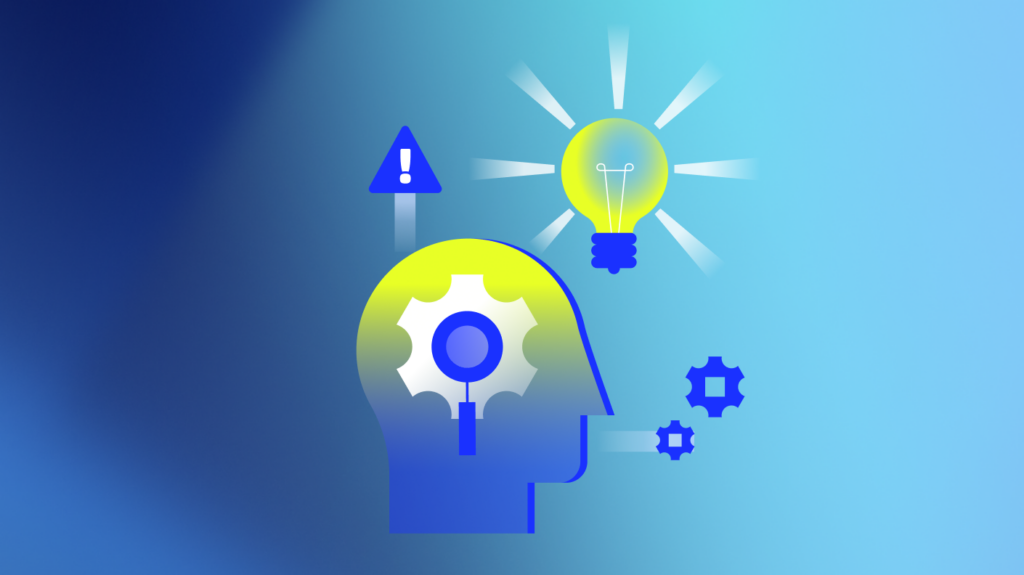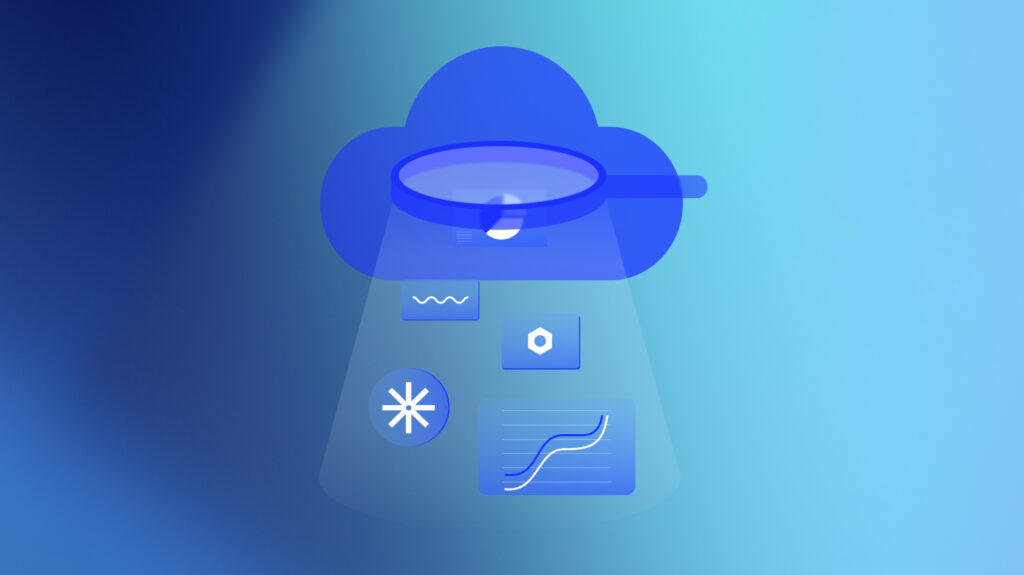Real problems need real solutions. We’ve all heard the same lofty claims about AI in IT operations: “Reduce alert noise” and “Detect anomalies.” While these sound great on paper, they often fall flat when critical systems fail during peak buying seasons or a major security threat goes undetected.
E-commerce businesses lose revenue by the second when their sites go down, telecom companies juggle 100,000+ daily alerts, and managed service providers handle hundreds of client environments with unique configurations—none of which can afford protracted downtime or failures.
Conventional AIOps has undoubtedly brought some intelligence to IT operations, offering event correlation, anomaly detection, and root cause analysis. But most AIOps tools still stop short of autonomous resolution. By the time IT teams sift through alerts, interpret data, and propose fixes, the damage may already be done—transactions are lost, customers are frustrated, and reputations take a hit.
Where to start?
In the following sections, we’ll explore why AI autonomy has become essential for IT. If you’re already convinced and want to see agentic AIOps in action, feel free to skip ahead to “Key use cases of agentic AI in IT operations.” Otherwise, keep reading as we explore the critical differences between conventional and agentic AIOps and why this shift is a necessary evolution for IT operations.
Moving beyond conventional AIOps
Conventional AIOps excels in event correlation, anomaly detection, and root cause analysis, but it stops short of resolving issues. Most AIOps solutions operate reactively, identifying problems but leaving IT teams to manually troubleshoot, wasting hours sifting through alerts.
To offer just one example: consider a financial services company during a fraud audit. Delayed resolutions here could result in regulatory fines, missed compliance deadlines, or service degradation that violates customer agreements. Across industries, reliance on manual interventions increases operational risk and financial impact. Your business remains vulnerable, hoping nothing breaks when it matters most.
The shift towards agentic AIOps
Agentic AIOps represents a fundamental shift from AI-assisted to AI-driven operations. Instead of providing insights for humans to act on, it takes autonomous action to resolve issues. It’s the difference between getting a smoke alarm warning and having a sprinkler system automatically extinguish the fire.
While legacy tools passively monitor and alert, agentic solutions actively remedy problems. Their self-learning models continuously refine decisions over time, improving efficiency with each incident they handle.
Conventional AIOps might generate an alert about performance degradation, requiring manual intervention. Agentic AIOps, however, would autonomously schedule maintenance during planned downtime, dispatch technicians with the right parts, and redistribute workloads to maintain production efficiency. What was once a multi-day process requiring numerous human decisions becomes an autonomous response measured in minutes.
Why autonomy matters in IT operations
The difference between conventional and agentic AI systems extends far beyond IT operations, but nowhere is the impact more immediately valuable.
Autonomy transforms how your company handles incidents:
| Conventional AIOps | Agentic AIOps |
| Alerts you to issues | Resolves issues before they affect customers |
| Scales only with human staff | Scales automatically as your infrastructure grows |
| Requires manual handoffs between systems | Creates seamless workflows between monitoring and resolution |
| Results in higher costs and slower responses | Delivers lower total cost and maximized uptime |
How agentic AIOps works
Agentic AIOps transforms IT operations by emulating the reasoning processes of your most experienced engineers—rapidly and at scale.
Here’s a clear breakdown of how an agentic system might operate:
1. Data ingestion & integration
Agentic AIOps starts by aggregating both structured data, such as logs, metrics, traces, and events, and unstructured data, including incident reports and team communications. It gathers observability information across cloud, hybrid, and on-premises environments, utilizing leading observability frameworks like OpenTelemetry and Prometheus to ensure real-time, end-to-end visibility.
2. AI & machine learning analysis
Once data is aggregated, agentic AIOps applies advanced AI and machine learning algorithms to detect anomalies, identify patterns, and rapidly determine root causes within complex, distributed systems. Unlike static rule-based systems, it proactively predicts incidents, continuously refining its predictive capabilities based on evolving datasets and past incident outcomes.
3. Autonomous decision-making & self-healing
Agentic AIOps sets itself apart by autonomously evaluating potential remediation strategies, predicting their effectiveness, and selecting the optimal solution without requiring human intervention. It leverages AI-powered playbooks that combine learned behaviors with predefined rules, enabling automatic and intelligent incident resolution.
4. Reducing alert fatigue & noise filtering
To combat alert fatigue, the system intelligently filters redundant or low-priority alerts through advanced event correlation techniques, surfacing only genuinely critical issues. This dramatically reduces alert noise, allowing IT teams to respond swiftly and effectively to true incidents, improving overall productivity and focus.
5. Continuous feedback loop
Agentic AIOps goes beyond static automation. After incidents are autonomously resolved, the system continually monitors outcomes, learns from each event, and adapts to evolving conditions. This continuous improvement ensures increasing accuracy and efficiency in future incident detection and resolution.
Key use cases of agentic AI in IT operations
1. Automated incident detection & resolution
Agentic AIOps autonomously identifies and resolves incidents at the earliest stages, going beyond traditional AIOps solutions, which primarily focus on detection and alerting.
For example, during flash sales, an online retailer might repeatedly experience performance slowdowns, leading to abandoned carts and lost revenue. With agentic AIOps, the system can autonomously detect database bottlenecks and independently scaled connection pools, optimized caching, and improved query efficiency in real-time.
While general AIOps implementations typically report up to 30% reductions in unplanned downtime and 50% faster issue resolution, agentic capabilities further amplify these outcomes by eliminating delays associated with manual intervention.
2. Root cause analysis & proactive issue prevention
One of the most powerful capabilities of agentic AIOps is its ability to cut through complexity and identify the true source of problems across distributed environments. These systems excel at detecting subtle IT and network anomalies, managing alert storms, and providing immediate root cause identification—tasks that would take human teams hours or days to complete.
To offer a real-life customer example in context, intermittent disruptions in a manufacturing production line were autonomously traced by agentic AIOps to subtle network anomalies. The system then autonomously optimized network configurations, directly preventing approximately $175,000 in monthly production losses.
While general AIOps solutions can reduce Mean Time to Resolution (MTTR) by up to 40% and proactively prevent 15-45% of incidents, agentic AIOps enhances these figures by autonomously executing corrective actions at the moment issues emerge.
3. Self-healing IT & remote infrastructure monitoring
Self-healing agentic AIOps autonomously monitors, repairs, and optimizes infrastructure, advancing beyond traditional monitoring tools that rely heavily on manual intervention. For example, a global financial services provider uses agentic AIOps when early-stage database performance issues arise in their payment processing systems. The platform autonomously redistributes processing loads, optimizes queries, and provisions additional resources, achieving significant uptime improvements.
4. ITSM management & digital performance monitoring
Agentic AIOps revolutionizes IT Service Management by applying real-time monitoring and full-stack observability to automate ticket triage, classification, and resolution. Through application monitoring and comprehensive performance analytics, these systems dramatically improve operational efficiency while ensuring optimal digital experiences.
AI-enhanced ITSM processes reduce ticket resolution times by 35% while freeing valuable IT resources from mundane maintenance tasks. This shift allows technology teams to focus on innovation that drives new revenue streams and competitive advantages.
Automated handling of common issues ensures consistent application of organizational policies and compliance requirements, eliminating human error and improving documentation.
5. Security event detection & response
Agentic AIOps significantly enhances cybersecurity posture by detecting and responding to threats in real-time, often addressing vulnerabilities before security teams could even begin analysis. The technology’s ability to continuously monitor, immediately identify suspicious patterns, and execute predefined security protocols provides a formidable defense against emerging threats.
Automated security responses minimize breach costs, which currently average $4.88 million per incident according to IBM’s Cost of a Data Breach Report—a direct impact on an organization’s bottom line.
AI-assisted security analytics reduce incident response times by an average of 108 days, dramatically shrinking vulnerability windows and potential damage scope.
Making the transition to agentic AIOps
Moving from traditional to agentic AIOps isn’t about replacing your team with AI—it’s about having a strategy and empowering your people with tools to manage modern infrastructure complexity. The transition requires thoughtful planning and execution rather than wholesale transformation.
Begin by identifying a single business-critical system where downtime directly impacts revenue. Apply agentic capabilities to this focused area first, measure results rigorously, and expand gradually based on demonstrated value. Most successful organizations start their journey with targeted implementations in high-impact areas such as automated database performance optimization, self-healing network infrastructure, predictive capacity management, or autonomous security incident response.
The critical factor in successful adoption is selecting use cases where autonomous action delivers clear business outcomes. Look for opportunities to protect revenue streams, reduce operational risk, or enhance customer experience. Document these benefits with quantifiable metrics to build momentum and organizational support for broader implementation.
Establish guardrails and oversight mechanisms as you progress. Ensure IT teams understand the system’s capabilities and limitations, creating appropriate human checkpoints for critical decisions while allowing the AI to handle routine issues independently. This balanced approach maintains control while maximizing the efficiency benefits of autonomous operations.
It’s time for a new approach. See how Edwin AI solves ITOps biggest challenges with agentic AI.
Agentic AIOps is a a strategic imperative
The shift from conventional to agentic AIOps delivers three critical business outcomes:
- Protection of revenue streams through dramatic reduction in system downtime
- Significant decrease in operational risks through proactive issue prevention
- Liberation of IT talent from reactive firefighting to strategic innovation
Organizations embracing autonomous IT operations build resilient infrastructure that protects business continuity during critical moments and delivers consistently superior digital experiences for customers. With demonstrated results including less downtime, faster issue resolution, and prevention of major incidents, the business case is clear.
In a world where seconds of downtime translate directly to lost revenue and damaged reputation, agentic AIOps provides the autonomous protection modern businesses require.
Ready to transform your IT operations from a business constraint to a strategic advantage? Request a demo today.
Subscribe to our blog
Get articles like this delivered straight to your inbox








